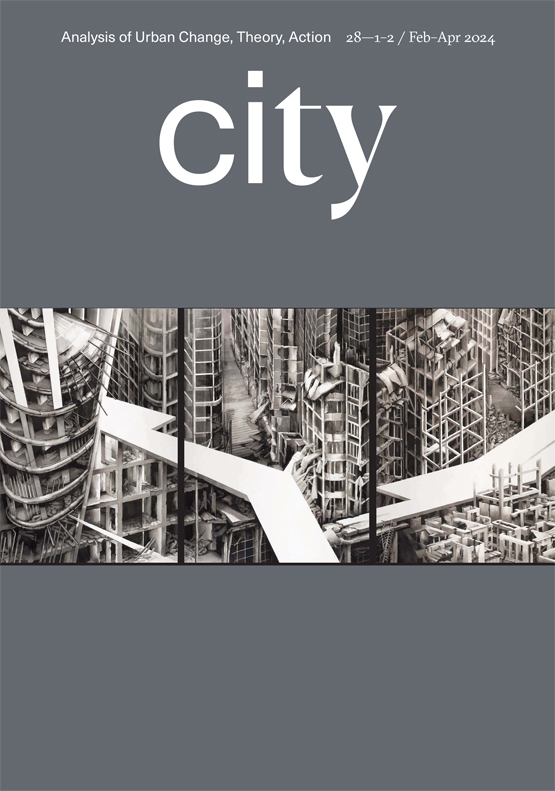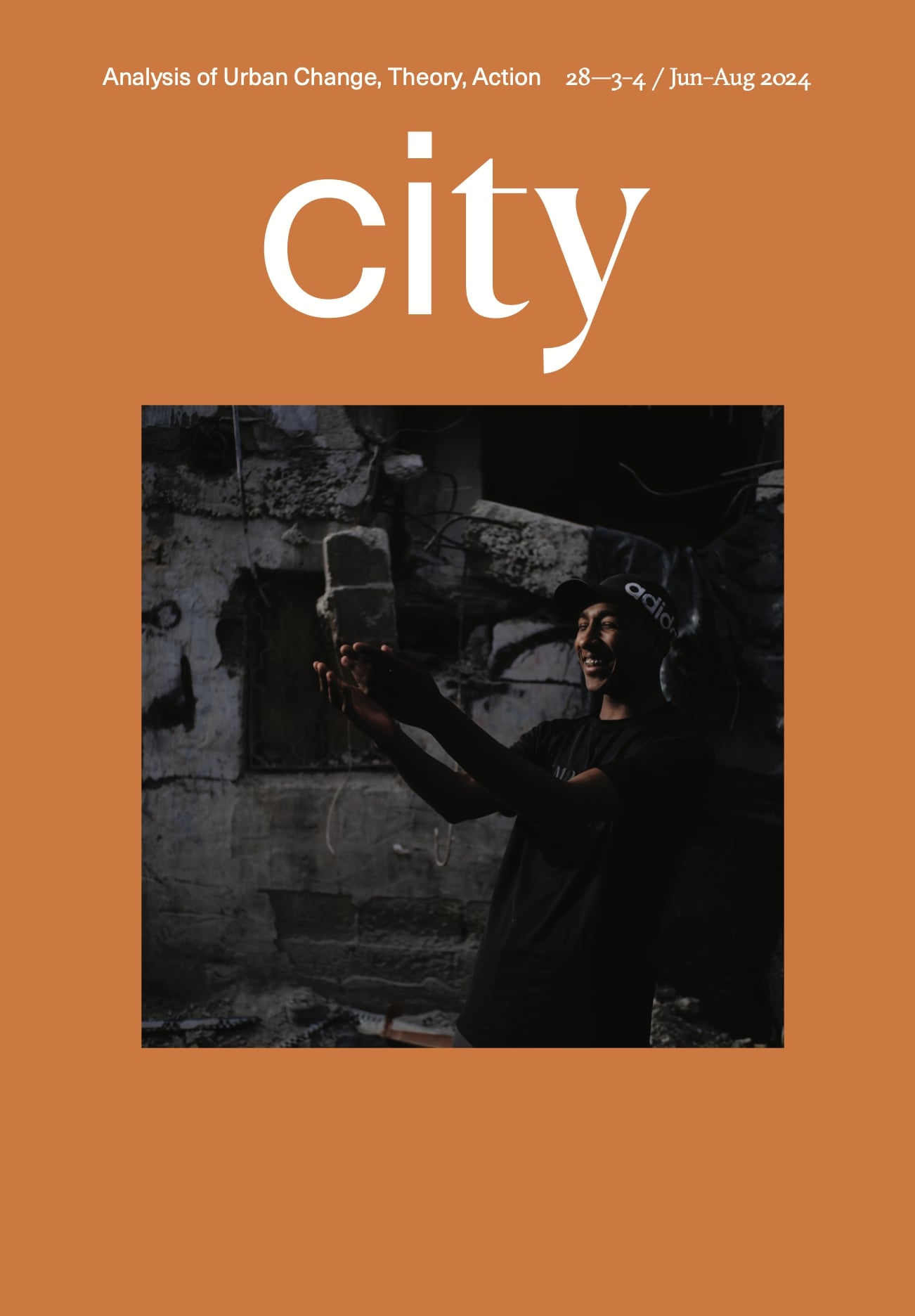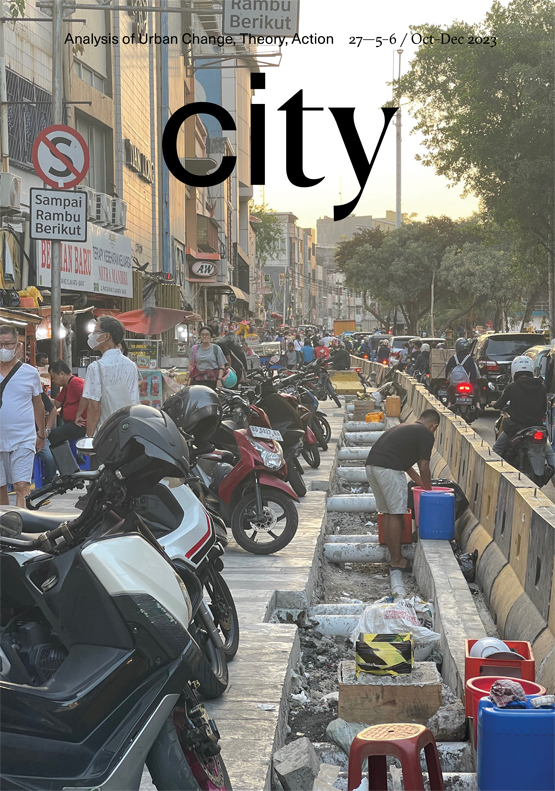founding editor: bob caterrall
editor: city editors
editorial: erased city
Ammar Azzouz
If it was not Palestine, it would have been different. But it is Palestine. Silence.
Everyone is watching. From their tiny mobile screens, in their doomscrolling, they watch what Palestinians are showing us, risking their lives to make the world see, in case the world cares. They show a life under siege and occupation that manifests itself through everyday layers of suffering, trauma, and pain—all accumulating for decades. Everyone is watching, from their TV screens, from the comfort of their homes, the mass destruction of Palestinians’ homes. Many remain silent. Because it’s Palestine. They turn off the TV, whilst the people of Palestine remain in collective shelters, in the cold, hungry, thirsty, dying slowly.
No one could say they haven’t seen the drone footage of mass destruction of architecture, with broken minarets and domes, with homes razed to the ground. No one could say they haven’t seen the videos of displaced Palestinians fleeing their homes walking the same walks their parents and grandparents had done in the Nakba—many people in Gaza have been displaced before. No one could say they haven’t heard the voice of a trapped child in a car calling for rescue, but even when the Palestine Red Crescent ambulance went to rescue her, they were targeted by Israel. No one could say they have not seen how schools and universities have been damaged and destroyed in processes that have been termed educide. But sssshhhhh, keep silent. Because it’s Palestine.
If it was another geography, then flags would be raised on campuses in universities, scholarships and funds would be established so quickly, campaigns would be made to open homes for the displaced, and well-established media platforms that have millions of readers would be provided for impacted communities to write, narrate, and publish their own story rather than talking on behalf of vulnerable and injured communities. Solidarity is selective. It’s all different today. Because it’s Palestine.
In Palestine, in Gaza, Al-Israa University was turned into a military base by the Israeli forces for several weeks. Then in January 2024, a video was released showing the moment it was blown up. In the wars of our time, destroyers not only have destroyed, but also released films of destruction to send symbolic messages to the oppressed and the world that there are no limits.
Whilst the destruction of Al-Israa University is a symbol of the destruction of the academy, it must be seen as part of a system of violence. In a report published by Euro-Mediterranean Human Rights Monitor (Citation2024), it is noted that ‘Israel systematically destroyed every university in the Gaza Strip in stages over the course of the more than 100-day attack.’ As of 4 February 2024, the United Nations reported the damage of 14 campuses belonging to the 12 higher education institutions. They also added that 386 schools have sustained damage, ‘including 138 schools that sustained major damage or were fully destroyed’ (UNESCO Citation2024). A school is not only a building, but rather a place of knowledge production, the site where the future is built, where the next generation will learn. Destroying a school is also destroying the future. Over 4327 students, 231 teachers, and 94 professors have been killed by Israel (Desai Citation2024). Where is the global solidarity with Palestinian academics?
click here to read the full editorial.





